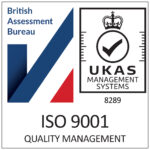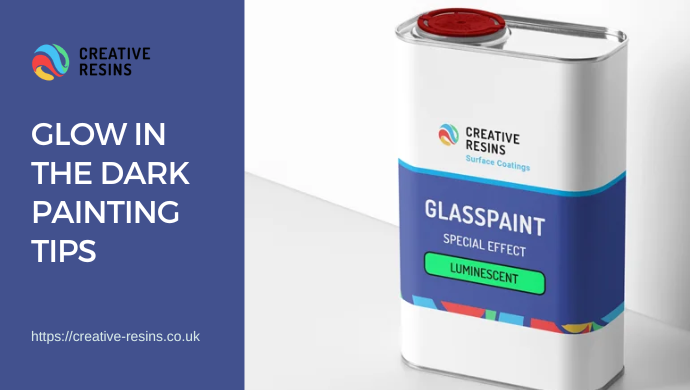Month: July 2024
Where to Get Glow in the Dark Paint & Expert Tips for Using It
Are you ready to add a touch of magic to your art, decorations, or even your home? Glow-in-the-dark paint is a unique and fascinating medium that can bring your creations to life in the dark. But where can you find the best glow-in-the-dark paint, and how do you use it effectively?
et us explore the answers to these questions and provide valuable tips for using glow-in-the-dark paint.
Where to get Glow in the Dark Paint?
You can get premium quality Glow in the Dark Paint for glass from Creative Resins at the best prices. It is UV stable and has a Photoluminescent effect with glow-in-the-dark and heat-resistant properties. It is easy to apply using a conventional spray gun.
Glow in the Dark Painting Tips
Glow in the Dark paint is an excellent paint that can add a layer of creativity and excitement to your artwork. However, working with glow in the dark paint requires some special considerations and techniques to achieve the desired results. Here are some tips to help you get started:
Charge the Paint
Before you start painting, make sure the glow in the dark pigments are mixed well into the paint base. The best base to use is a transparent lacquer such as Creative Resins GlassPaint as it allows the natural light to energize the pigments. This process helps the paint absorb light and glow in the dark. You can change the paint by shining a UV light on it. You can use a UV flashlight, a black light bulb, or even the sun. The amount of time it takes to charge the paint depends on the paint type and the light’s intensity. Typically, it takes around 30 minutes to an hour to charge the paint thoroughly.
Choose the Right Surface
The surface you paint on can affect the glow-in-the-dark paint. Best results are achieved by painting over a white background as the white helps reflect the light source increasing the charge rate. However glow-in-the dark pigments can be used on a multitude of substrates including glass.
Apply Multiple Coats
To achieve the desired level of glow, you must apply multiple coats of paint. Permit each coat to dry before adding the next. Depending on the type of paint and surface, this can take several hours or even days.
Use a White or Light-Coloured Background
The glow in the dark paint is more visible when painted on a white or light-coloured background. This helps maximize the glow’s visibility and creates a striking contrast.
Avoid Mixing with Regular Paint
Glow in the dark paint should be applied using a transparent paint base coat. Mixing glow in the dark pigments into regular paint base that has thickening agents and extenders will dull the effect considerably.
Experiment with Techniques
Glow-in-the-dark paint can create a variety of effects. Try using different techniques like splattering, dabbing, or layering to create unique and exciting designs or even blending the colours.
Consider the Type of Paint
Different types of glow-in-the-dark paint are available, including fluorescent and neutral glow paints. Fluorescent paints show up more brightly, while neutral paints are more transparent and can create exciting effects in the dark.
Practice and Be Patient
As with any new technique, it may take some practice to master working with glow-in-the-dark paint. Be patient and experiment with different methods to achieve the desired results.
Conclusion
Glow in the dark painting is a fun and creative way to excite your artwork. By following these tips and experimenting with different techniques, you can create unique, striking designs that glow in the dark. Remember to charge the paint, use a suitable medium, and choose the right surface to achieve the best results. With proper practice and patience, you can master the art of glow-in-the-dark painting and create stunning pieces that will captivate your audience.
We at Creative Resins offer premium quality glow in the dark glass paint at the best prices. Our paint offers a photoluminescent effect on your substrate surface. It is an industrial-quality Photo-luminous system that provides high visibility glow-in-the-dark qualities and can be used as an effective safety aid for marking and highlighting. Call us now! – 01795 411820



